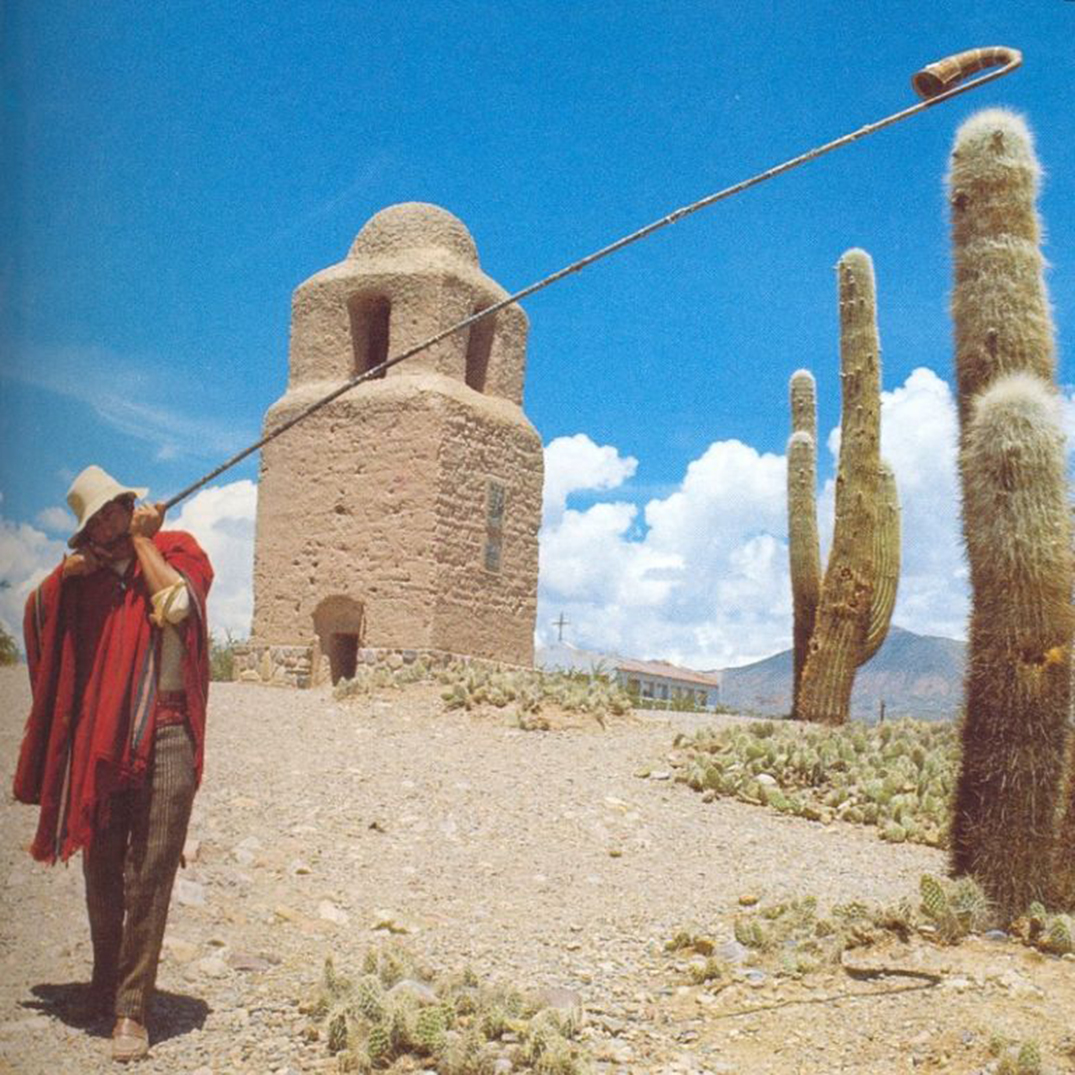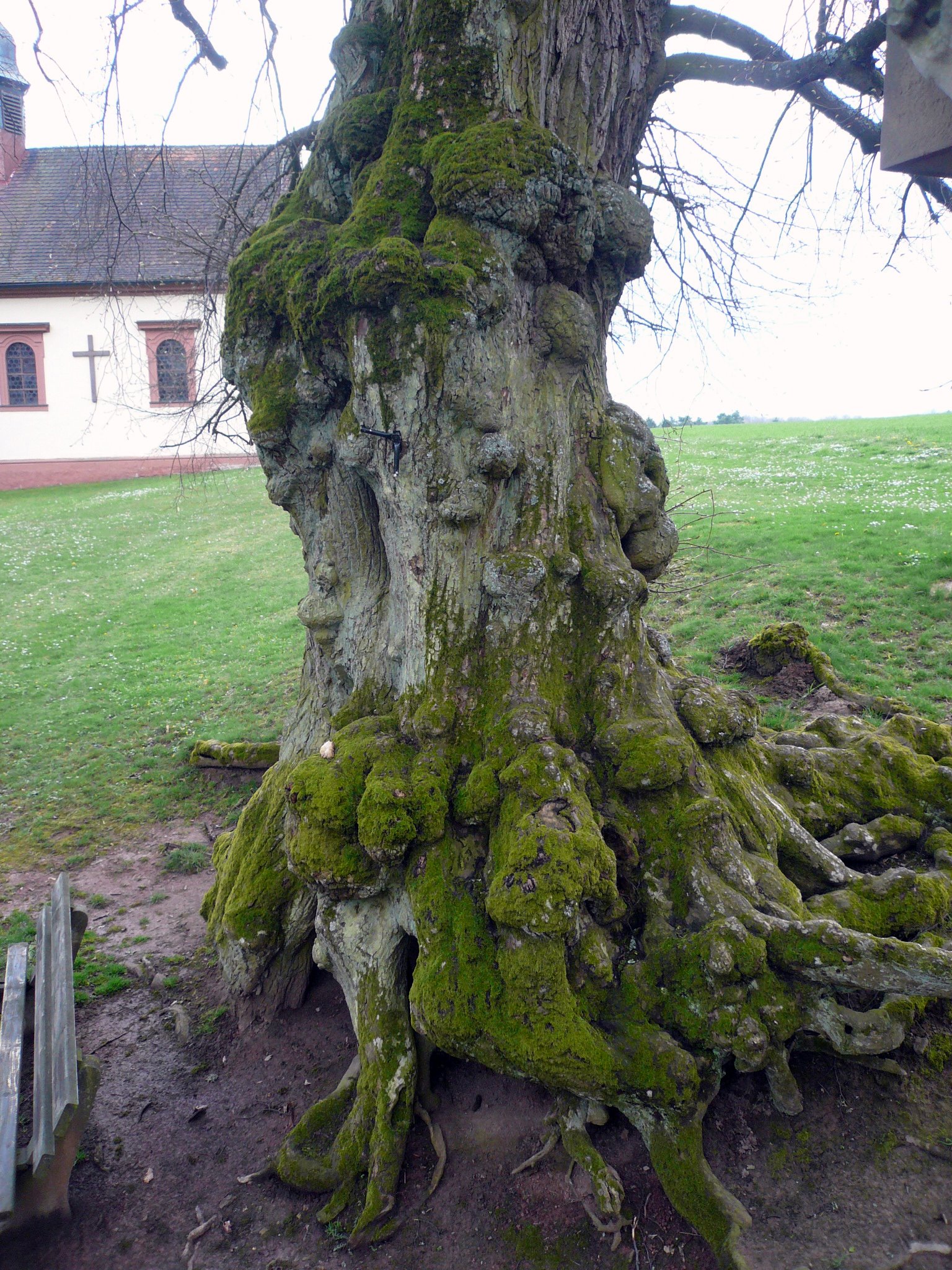|
Trambita
The ''bucium'' (, also called ''trâmbiţă'' or ''tulnic'') is a type of alphorn from Romania and Moldova. The word is derived from Latin '' bucinum'', originally meaning "curved horn", an instrument used by the Romans. The word is a cognate with English "bugle". A bucium may have either a straight or curved tube, and may be conical throughout its entire length or only in the bell. Its tube, which measures 1.5 to over 3 meters in length, may be made from fir, ash, limetree, or hazel wood and bound with birch, cherry, or lime bark. Northern Romanian versions of the bucium may incorporate metal as well. Most versions of the bucium are played by blowing into a trumpet-shaped wooden mouthpiece. References to the bucium have appeared in Romanian literature since at least the 16th century. The bucium was traditionally used by mountain dwellers, by the military for signals, and by shepherds for communication in the forested mountains and guiding sheep and dogs. It has also been ... [...More Info...] [...Related Items...] OR: [Wikipedia] [Google] [Baidu] |
Bugle (instrument)
The bugle is a simple signaling brass instrument with a wide conical bore. It normally has no valves or other pitch-altering devices, and is thus limited to its natural harmonic notes, and pitch is controlled entirely by varying the air and embouchure. History :''See also Clarion'' and '' Natural trumpet'' The English word ''bugle'' comes from a combination of words. From French, it reaches back to ''cor buglèr'' and ''bugleret'', indicating a signaling horn made from a small cow's horn. Going back further, it touches on Latin, ''buculus,'' meaning bullock. Old English also influences the modern word with ''bugle'', meaning "wild ox." The name indicates an animal's (cow's) horn, which was the way horns were made in Europe after the fall of the Western Roman Empire. The modern bugle is made from metal tubing, and that technology has roots which date back to the Roman Empire, as well as to the Middle East during the Crusades, where Europeans re-discovered metal-tube ... [...More Info...] [...Related Items...] OR: [Wikipedia] [Google] [Baidu] |
Erke
The erke (alternatively erque, coroneta, or quepa) is a large labrosone (lip reed) instrument native to the Gran Chaco of Bolivia, northern Chile, and the Argentine Northwest. Construction The erke is composed of two or more lengths of cane joined at the ends to form a single tube. The internal nodes of the canes are removed and the exterior is often wrapped with gut or wool. The end often has an amplifier made of cow horn or brass. The instrument is blown through at the other end, and may be three to seven metres in length. History Although in the latter half of the 20th century, Andean folkloric musical groups used the erke for secular music, among the indigenous and criollo peoples of the Andes the erke is used solely for ritual purposes. Traditionally, but not commonly, only adult men play the erke and it is considered profane to play the erke outside of a ritual context. The erke is commonly played during winter, as it is believed that playing it in spring or summer ... [...More Info...] [...Related Items...] OR: [Wikipedia] [Google] [Baidu] |
Gorals
The Gorals (; Goral ethnolect: ''Górole''; ; Cieszyn Silesian dialect, Cieszyn Silesian: ''Gorole''), also anglicized as the Highlanders, are an ethnographic group with historical ties to the Vlachs. The Goral people are primarily found in their traditional area of southern Poland, northern Slovakia – especially Orava (region), Orava, Spiš and Zamagurie, and in the region of Cieszyn Silesia in the Czech Republic, where they are known as the Silesian Gorals. There is also a significant Goral diaspora in the area of Bukovina in western Ukraine and northern Romania, as well as in Chicago which is the seat of the Polish Highlanders Alliance of North America. History The Gorals as a separate ethnographic subgroup began to form in the 14th century with the arrival of the first Polish People, Polish settlers from Lesser Poland, who would settle and farm the lands around what is today Nowy Targ and along the Dunajec valley beginning in the early twelve hundreds. Prior to that, Podhal ... [...More Info...] [...Related Items...] OR: [Wikipedia] [Google] [Baidu] |
Polish People
Polish people, or Poles, are a West Slavic ethnic group and nation who share a common History of Poland, history, Culture of Poland, culture, the Polish language and are identified with the country of Poland in Central Europe. The preamble to the Constitution of the Republic of Poland defines the Polish nation as comprising all the citizenship, citizens of Poland, regardless of heritage or ethnicity. The majority of Poles adhere to Roman Catholicism. The population of self-declared Poles in Poland is estimated at 37,394,000 out of an overall population of 38,512,000 (based on the 2011 census), of whom 36,522,000 declared Polish alone. A wide-ranging Polish diaspora (the ''Polish diaspora, Polonia'') exists throughout Eurasia, the Americas, and Australasia. Today, the largest urban concentrations of Poles are within the Warsaw metropolitan area and the Katowice urban area. Ethnic Poles are considered to be the descendants of the ancient West Slavic Lechites and other tribes t ... [...More Info...] [...Related Items...] OR: [Wikipedia] [Google] [Baidu] |
Hutsuls
The Hutsuls (Hutsul/; ; ) are an East Slavic ethnic group spanning parts of western Ukraine and northern Romania (i.e. parts of Bukovina and Maramureș). In Ukraine, they have often been officially and administratively designated a subgroup of Ukrainians, and, among the Ukrainian scholars, are largely regarded as constituting a broader Ukrainian ethnic group. However, in eyes of some scholars and of some Hutsuls, they are either their own nation, or a part of the Rusyn nation, alongside the closely related ethnic groups of Boykos and Lemkos. Etymology The origin of the name ''Hutsul'' is uncertain. The most common derivations are from the Romanian word for "outlaw" (cf. Rom. ''hoț'' "thief", ''hoțul'' "the thief"), and the Slavic ''kochul'' (Ukr. ''kochovyk'' "nomad") which is a reference to the semi-nomadic shepherd lifestyle or the inhabitants who fled into the mountains after the Mongol invasion. Other proposed derivations include from the Turkic tribe of the ... [...More Info...] [...Related Items...] OR: [Wikipedia] [Google] [Baidu] |
Ukrainians
Ukrainians (, ) are an East Slavs, East Slavic ethnic group native to Ukraine. Their native tongue is Ukrainian language, Ukrainian, and the majority adhere to Eastern Orthodox Church, Eastern Orthodoxy, forming the List of contemporary ethnic groups, second largest ethno-linguistic community. At around 46 million worldwide, Ukrainians are the second largest Slavs, Slavic ethnic group after Russians. Ukrainians have been Endonym and exonym, given various names by foreign rulers, which have included Polish–Lithuanian Commonwealth, the Habsburg monarchy, the Austrian Empire, and then Austria-Hungary. The East Slavic population inhabiting the territories of modern-day Ukraine were known as Ruthenians, referring to the territory of Ruthenia; the Ukrainians living under the Russian Empire were known as Little Russians, named after the territory of Little Russia. The ethnonym Ukrainian, which was associated with the Cossack Hetmanate, was adopted following the Ukrainian natio ... [...More Info...] [...Related Items...] OR: [Wikipedia] [Google] [Baidu] |
Trembita
The trembita (from the Proto-Germanic language, old Germanic ''trumba'', "to trumpet", in Ukrainian language, Ukrainian ''трембíта'') is a type of an alpine horn made of wood. It is common among Ukrainian highlanders Hutsuls who live in western Ukraine, eastern Poland, Slovakia, and northern Romania. In Poland it is known as a trombita (in the south), a bazuna (in the north), or a ligawka (in central Poland). Trembita is also one of the Ukrainian folk musical instruments. Etymology The word "trembita" is believed to be derived from Romanian language, Romanian ''trîmbiță''. In the Romanian language itself, it is probably a Slavicism - from Proto-Slavic ''*trǫbica'' < ''*trǫba'' (in Ukrainian language, Ukrainian ''труба''). The variant "trombita" is apparently borrowed from Hungarian language, Hungarian ''trombita'', where it comes from Italian language, Italian ''trombetta''. Description A trembita was used primarily by mountain dwellers ...[...More Info...] [...Related Items...] OR: [Wikipedia] [Google] [Baidu] |
Proto-Germanic Language
Proto-Germanic (abbreviated PGmc; also called Common Germanic) is the reconstructed proto-language of the Germanic branch of the Indo-European languages. Proto-Germanic eventually developed from pre-Proto-Germanic into three Germanic branches during the fifth century BC to fifth century AD: West Germanic, East Germanic and North Germanic. North Germanic remained in contact with the other branches over a considerable time, especially with the Ingvaeonic languages (including English), which arose from West Germanic dialects, and had remained in contact with the Norse. A defining feature of Proto-Germanic is the completion of the process described by Grimm's law, a set of sound changes that occurred between its status as a dialect of Proto-Indo-European and its gradual divergence into a separate language. The end of the Common Germanic period is reached with the beginning of the Migration Period in the fourth century AD. The alternative term " Germanic parent langua ... [...More Info...] [...Related Items...] OR: [Wikipedia] [Google] [Baidu] |
Tilia
''Tilia'' is a genus of about 30 species of trees or bushes, native throughout most of the temperateness, temperate Northern Hemisphere. The tree is known as linden for the European species, and basswood for North American species. In Great Britain and Ireland they are commonly called lime trees, although they are not related to the citrus Lime (fruit), lime. The genus occurs in Europe and eastern North America, but the greatest species diversity is found in Asia. Under the Cronquist system, Cronquist classification system, this genus was placed in the family Tiliaceae, but genetic research summarised by the Angiosperm Phylogeny Group has resulted in the incorporation of this genus, and of most of the previous family, into the Malvaceae. ''Tilia'' is the only known ectomycorrhizal genus in the family Malvaceae. Studies of ectomycorrhizal relations of ''Tilia'' species indicate a wide range of fungal symbionts and a preference toward Ascomycota fungal partners. Description ''T ... [...More Info...] [...Related Items...] OR: [Wikipedia] [Google] [Baidu] |
Cognate
In historical linguistics, cognates or lexical cognates are sets of words that have been inherited in direct descent from an etymological ancestor in a common parent language. Because language change can have radical effects on both the sound and the meaning of a word, cognates may not be obvious, and it often takes rigorous study of historical sources and the application of the comparative method to establish whether lexemes are cognate. Cognates are distinguished from loanwords, where a word has been borrowed from another language. Name The English term ''cognate'' derives from Latin , meaning "blood relative". Examples An example of cognates from the same Indo-European root are: ''night'' ( English), ''Nacht'' ( German), ''nacht'' ( Dutch, Frisian), ''nag'' (Afrikaans), ''Naach'' ( Colognian), ''natt'' ( Swedish, Norwegian), ''nat'' ( Danish), ''nátt'' ( Faroese), ''nótt'' ( Icelandic), ''noc'' ( Czech, Slovak, Polish), ночь, ''noch'' ( Russian), но� ... [...More Info...] [...Related Items...] OR: [Wikipedia] [Google] [Baidu] |





